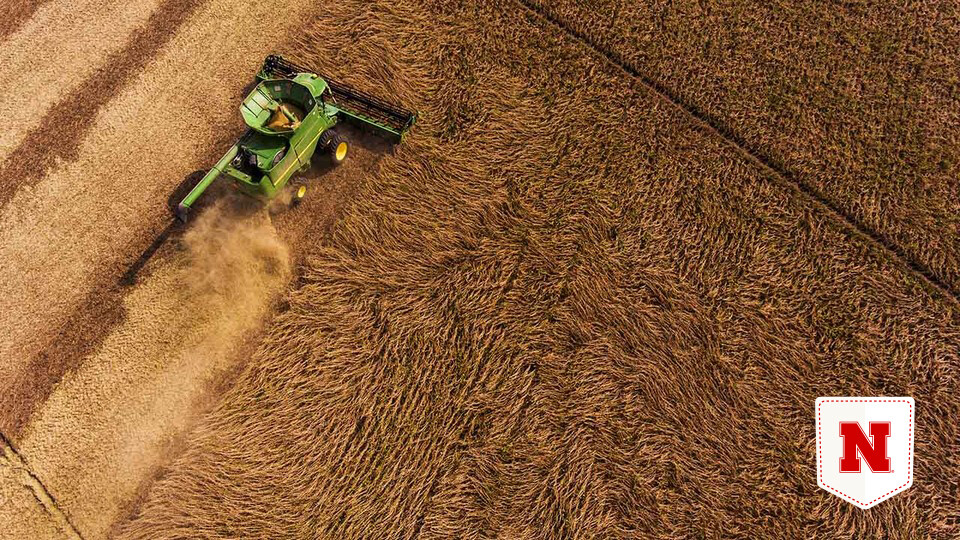
Welcome to Pocket Science: a glimpse at recent research from Husker scientists and engineers. For those who want to quickly learn the “What,” “So what” and “Now what” of Husker research.

What?
In the late 2010s, a mysterious pest — one that came to be identified as a new species of gall midge, Resseliella maxima — began infesting the soybean fields of Nebraska and neighboring states. Since then, the tiny but deadly fly has spread to at least seven Midwestern states, threatening the yields of the region’s second most common crop.
Nebraska’s Justin McMechan and colleagues helped determine that R. maxima eats its way from the fringes of a soybean field, where yield losses can sometimes surpass 90%, to the center. The Husker researchers later used high-speed video to verify that R. maxima adults lay eggs in soybean fissures that reside just a few centimeters above the soil — and emerge around the time that a plant is sprouting its second leaflet. Those eggs hatch into larvae that feed on the tissue within.
So what?
To date, no cost-effective strategies have shown themselves capable of deterring R. maxima. McMechan and colleagues from the Department of Entomology decided to test the potential of hilling, which involves covering the base of a plant — in this case, soybean and its fissures — with surrounding soil. That soil, their thinking went, might prevent R. maxima from infiltrating the fissures and laying its eggs inside.
The team conducted experiments in the soybean fields of three Nebraska counties: Otoe, Lancaster and Cass. After hilling random rows of soybean plants at each site, the team eventually collected both those plants and some that had not been hilled.
Depending on the county, the team found R. maxima larvae in 46% to 90% of the non-hilled plants. The hilled soybean fared far better: In the Otoe fields, for instance, 20% of hilled plants were infested, compared with 50% of their untreated counterparts. And whereas that untreated Otoe soybean housed 14.7 larvae per plant, the average hilled plant held just 1.5.
Soybean yields reflected those stark disparities in the presence of the pest. Hilled soybean in Otoe County yielded 3,000-plus kilograms of soybean per hectare, more than 10 times that of the untreated plants. Substantial yield gaps showed up in the other counties, too.
Now what?
Given that hilling is not usually practiced with soybean, multiple questions remain about how to best wield it against R. maxima, the team said. The specifics of timing and location — When would hilling need to begin? Could growers afford to hill just the edges of a field? — are among them.
But the technique seems like a viable one, the researchers said, and should warrant consideration from soybean growers contending with the new threat.







